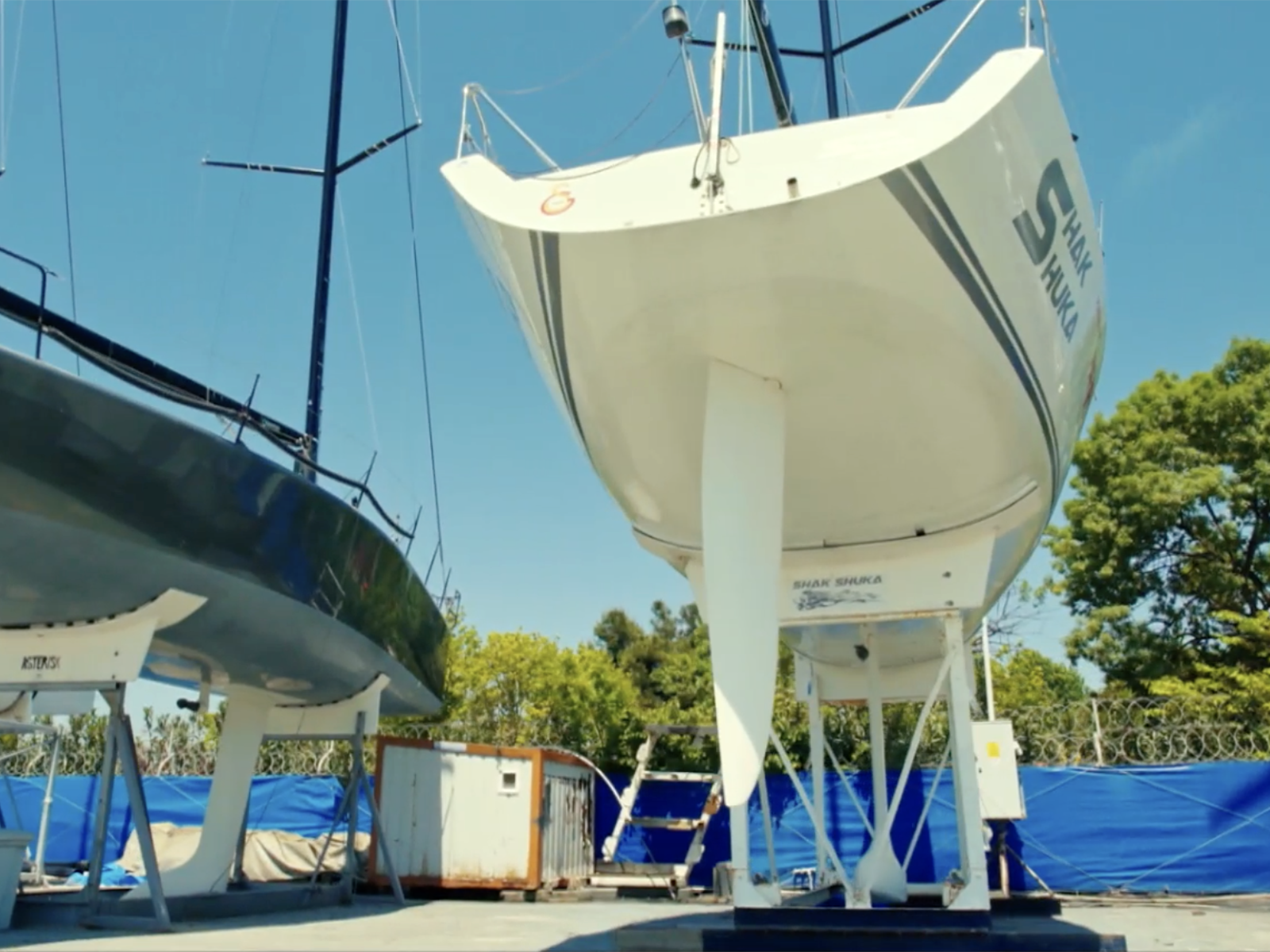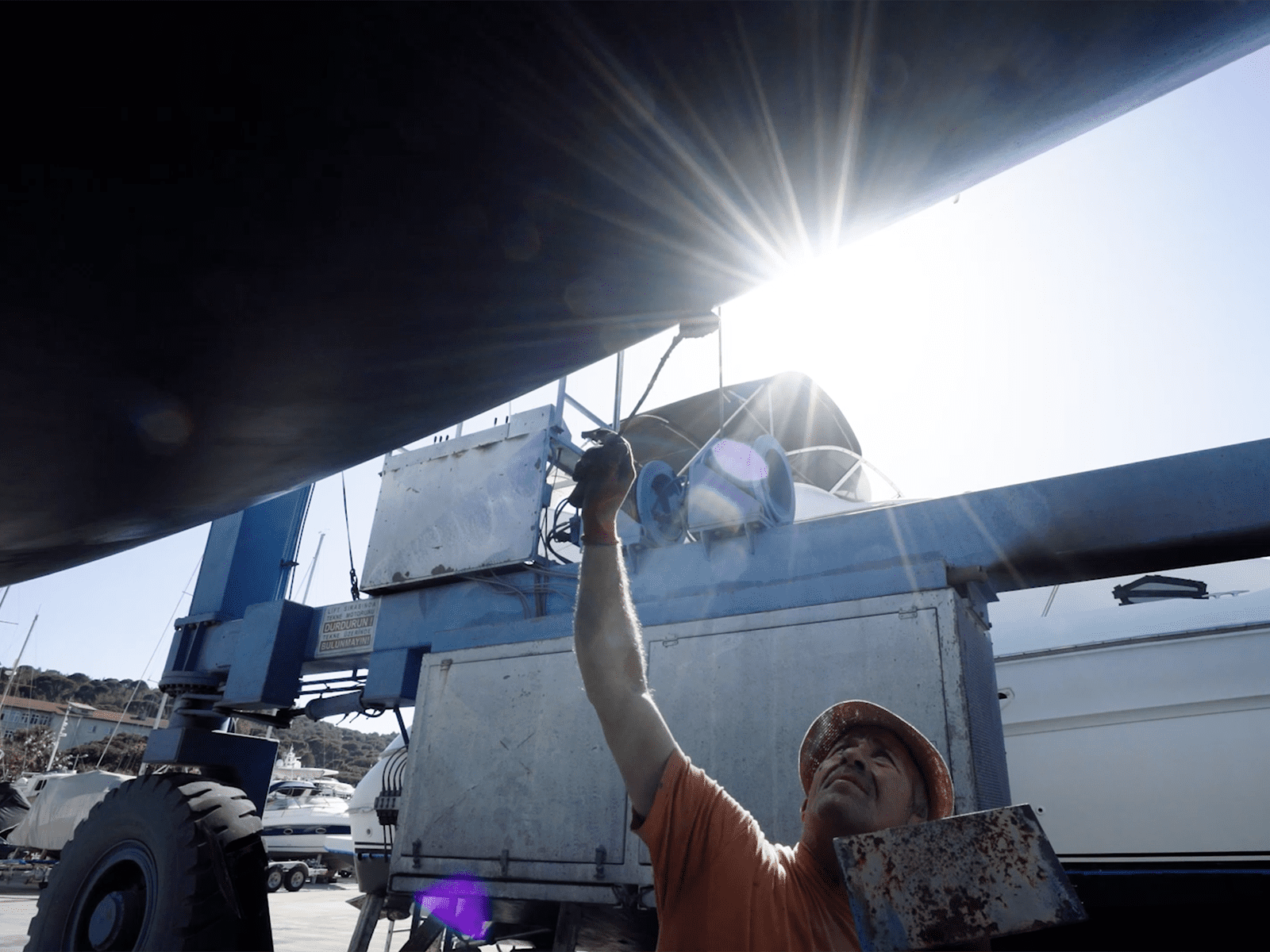Tips #3: How to Apply Antifouling Paint?
Hull cleaning is tricky, but the most delicate part is how to apply the antifouling paint. So let's summarize the points to be considered when applying antifouling paint.
Serkan Kılıç, Setur Marinas Kalamış & Fenerbahçe Senior Lift Operator
When boats are at sea for a long time, pollution forms on the hull. The main cause of this pollution is the sea itself. Sea creatures such as seaweed, barnacles, clams and mussels attach to the hull and start to live there. The amount of pollution varies depending on your region. If the boat is stationary for a long time, the pollution gets worse. As a result, your boat's speed goes down and your fuel consumption goes up.

Antifouling is the most basic element of maintenance to keep the hull clean. But it is not as easy as it seems, it requires meticulousness. So what should be considered when applying antifouling paint?
1. The bottom of the boat should be thoroughly washed before antifouling.
2. After washing, sanding should be done with 100 grit water sandpaper so that no roughness remains. The most important point in antifouling paint is to sand well. The surface of the hull should be inspected manually and visually and sanded again where sanding is not sufficient.
3. The hull should be thoroughly washed after sanding. Paper tape should be applied to the load line and priming should be started. If you are going to use the same brand of paint on the boat as the previous year, there is no need for primer. Applying two coats of paint should be enough. If the paint is not good and the boat's gelcoat is visible, priming is necessary.
4. After the priming process is finished, the hull is allowed to dry. After drying, epoxy putty is applied to the areas requiring attention. Sanding is done after the putty dries. Primer should be applied again on the putty areas.
5. When the primer and inspection process is finished, the first coat of antifouling paint can be applied. For this purpose, when the paint can is opened, the paint mixer should be attached to a power drill and mixing should be done thoroughly for 10 minutes. It is best to paint towards the waterway and even 1 mile makes a difference. The paint should be stirred continuously while painting. The topcoat should be applied after the first two coats and the drying process. The drying time for each coat in antifouling paints is between 8-12 hours.
6. The boat should be launched within maximum 3 days after the painting process is completed.

Antifouling paint loses its properties when it comes into contact with air, mains water and any chemicals. Therefore, in special cases, boats that have to go ashore for more than a day should be given a fine sanding and applied a coat of antifouling paint.
The cleaner your boat, the greater the pleasure.


